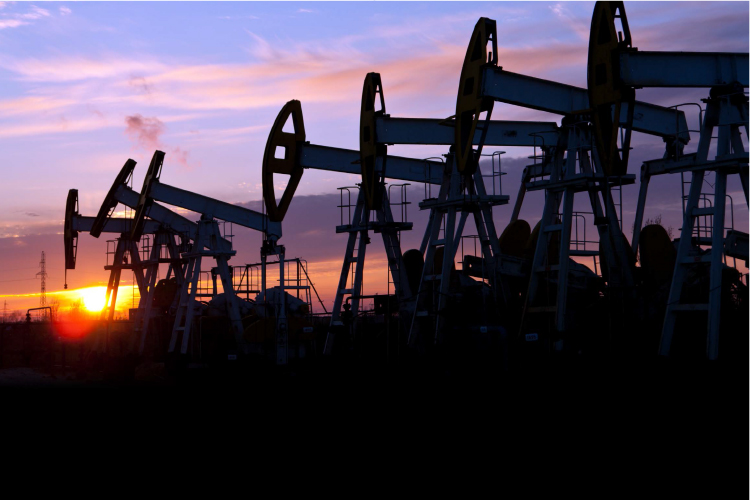
| Date Published | March 30, 2017 |
| Company | Plains Fabrication |
| Article Type | March 2017 Issue |
| Category | Articles, Oil & Gas |
| Tags | Business Sustainability, E&P, Industry Innovations, Oil & Gas Recovery, Oil & Gas: Government, Oilfield HUB Community, S&S |
| HUB SEARCH | PlainsFabrication |
Plains Perspective
It has been a long 18 months for the oil and gas industry, and recovery is a strong word. I humbly suggest this is not a rehab from a simple, or single, injury. This is a recovery for an industry that was on life support after a devastating crash. If it were not for instability in oil and gas around the world, there may have been no industry left in which to start a recovery!
However, a rejuvenation of sorts does appear to be underway. There are many positives starting to show, including projects being restarted, hiring by producers and EPC’s is on the rise, and some manufacturing shops are starting to fill up again. To go back to the life support analogy, we are once again breathing on our own and even getting up and walking around, but we are a long way from running! The key thing to remember is, there is fragility caused by uncertainty in capital markets and global situations that affect the commodity prices and, of course, our friends to the South. While the USA market itself is still a concern, it appears business is embracing the new President. Canada will need to be very politically astute to ensure we are not a casualty of America being great again!
The good news is, while there may not have been revolutionary changes in how we extract bitumen from the ground, there HAS been evolutionary change. Improving technology and innovation are two things we have always excelled at and that continues to be the case.
While all the crashing was going on, most producers quietly continued their work on many fronts in the thermal recovery world. Companies tested and improved solvent assisted SAGD with a view to enhancing production, reducing emissions, and lowering the cost per owing barrel. Other technologies, such as injecting butane to thin the bitumen and even using radio waves to heat it, might also help to lower extraction costs. All these techniques and efforts can help put the shine back on the oil sands.
While we have lost many businesses over the last 18 months, the good news is this is Alberta. There will always be entrepreneurs willing to take on the risk and try to build another success story. The challenge for industry will be the extra vigilance that will be required to ensure corners are not cut and quality is not compromised. We need to ensure safety remains number one and the environment is protected. The only way to do this is to pay a fair price for the required products and services.
We need the hundreds of SME’s that support the energy industry to be strong and to be partners in the overall success of the industry.
There will need to be price adjustments across the board. From a manufacturing and fabrication perspective, the prices MUST rise to achieve industry sustainability. The problem with the constant beatings in an effort to get the “best deal” is it encourages shortcuts, bad decisions, and a barrage of change orders that eventually creates a higher cost. Think back to the last issue of Oilfield PULSE when many people discussed the relationship between price, cost, and value. Our industry absolutely must gain a better understanding of total cost of ownership when it comes to the plants and facilities we build and relate that to the supply chain.
Oilfield PULSE wonders how long it will take for the industry to, “Regain its previous lustre?” The question then is what defines “lustre”? Is it a strong balance sheet and P&L that means higher stock prices for producers? Is it realistic pro t margins that allow manufacturers and fabricators to sustain their own businesses?
Does it mean the oil and gas producers are again the employers of choice with the best benefits, highest wages, continuing education, and growth opportunities? My point is each person or entity defines their own version of lustre, and it remains to be seen what that looks like and whether or not we can get these visions into alignment.
The overall health of the industry and whether we can maintain healthy growth and recovery relies on many factors. We need the hundreds of SME’s that support the energy industry to be strong and to be partners in the overall success of the industry. True collaboration is an absolute requirement, and risk and reward must be shared proportionately.
Let’s not forget about the rewards to the Alberta government and the rest of Canada from a strong and healthy oil sands. CERI (Canadian Energy Research Institute) recently issued its Study no 163 in February, and there is indeed a light on at the end of the tunnel. According to the study, the supply cost in the SAGD space is 27% percent lower than it was in August 2015. The CERI reference case also states SAGD production volumes are expected to increase to 3.4MMBPD by 2020 and 4.8MMBPD in 2030. While production and royalties are very difficult to pin down accurately due to the number of impacts, these increases would be very welcome. A little bump in the prices for WCS would not hurt either.
While the industry is certainly changing, there is no reason why we cannot again prosper. Our success WILL depend on all of us prospering together and no one group taking advantage of another. Along with all the technological improvements and changes in mindset, we all need to believe this requires a TEAM EFFORT.